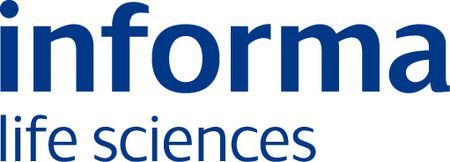Press release -
ADC manufacturing made rapid progress over last five years, says Seattle Genetics
Antibody-Drug Conjugates (ADCs) are all the rage at the moment and you can see why – fantastic clinical results, blockbuster potential and product lifecycle. However, one point commonly left off of the agenda is manufacturing; just how are these products going to reach the market?
The
organisers of BioProcess
International Europe caught up with Nathan
Ihle, Executive Director of Process Chemistry & Analytical Biochemistry at
Seattle Genetics earlier in the week to discuss his thoughts on ADC production,
manufacture and analysis. Here’s what he had to say
“ADC manufacturing has made a lot of progress over the last five years. Until recently, manufacturers struggled with how to handle high potency cytotoxic compounds while addressing the requirements of aseptic bioprocessing. Companies such as Seattle Genetics and Genentech have spent a lot of time working with CMOs to get these facilities up and running, plus, of course, helping with onsite training.”
Under Capacity?
Reports estimate that every big pharma has an ADC in development so it is no surprise to hear “reaching manufacturing capacity” is a long-term concern. “At the moment there is reasonable capacity. However, as products mature and move into broader indications the demand will go up,” Dr Ihle said, adding that CMOs will likely expand capacity as additional ADCs show strong data and advance in the clinic.
Heterogeneity
Whenever you mention ADCs, people always talk about heterogeneity, but Dr Ihle is less concerned and points to lessons learnt with mAbs. “In addition to glycoforms and charge variants that are typically observed for antibodies, you have the added requirement for characterization of the drug distribution. As long as you use appropriate analytical tools and characterization strategies, controlling the heterogeneity in the ADC is manageable.”
The Role of New Analytical Methods
It’s no coincidence that advances in mass spectrometry, capillary electrophoresis and chromatography have helped ADC development. “These are great tools in understanding our product. And it’s not just the product quality, it’s also the process – understanding Critical Process Parameters (CPPs), what to control; developing a well characterised product.”
The FDA has said that more than 30 INDs for ADCs have been filed in the last five years, and the number continues to increase rapidly. “I believe that there will be continued excitement about these molecules, especially in oncology,” says Dr Ihle.
Of most interest will be learning how the attributes of an ADC correlate to clinical success. “Because most ADCs are in early development we don’t really know what the success rate will be. Five years from now we’ll know what types of targets are most amenable to treatment by ADCs. It’s a very exciting time,” said Dr Ihle, who will be opening the ADC session at the 2013 BioProcess International Europe meeting. Other presenters include ImmunoGen, Ambrx, Agensys and ADC Therapeutics.
“I’m very excited about attending this year’s BPI Europe conference in Dusseldorf. My presentation will look at the manufacturing and analytical aspects of ADCs including some case studies illustrating the key development strategies unique to ADCs.”
Related links
Topics
- Health, Health Care, Pharmaceuticals
Categories
- antibody drug conjugates
- adcs
- seattle genetics
- immunogen
- t-dm1
- oncology
- bioprocess
- bioprocess international conference & exhibition
- manufacturing
For more information on the manufacture of ADCs, attend www.bpi-eu.com or contact daniel.barry@informa.com
